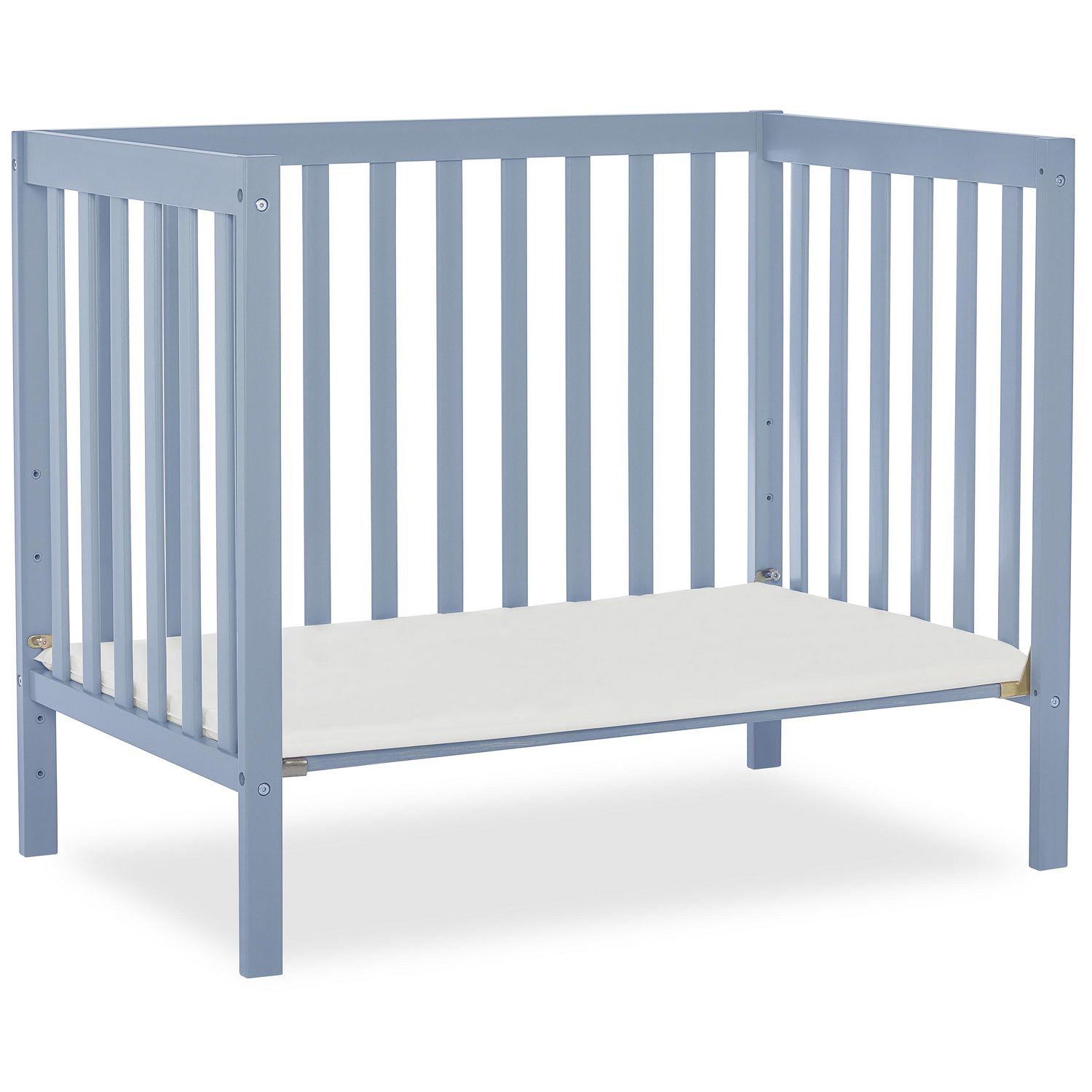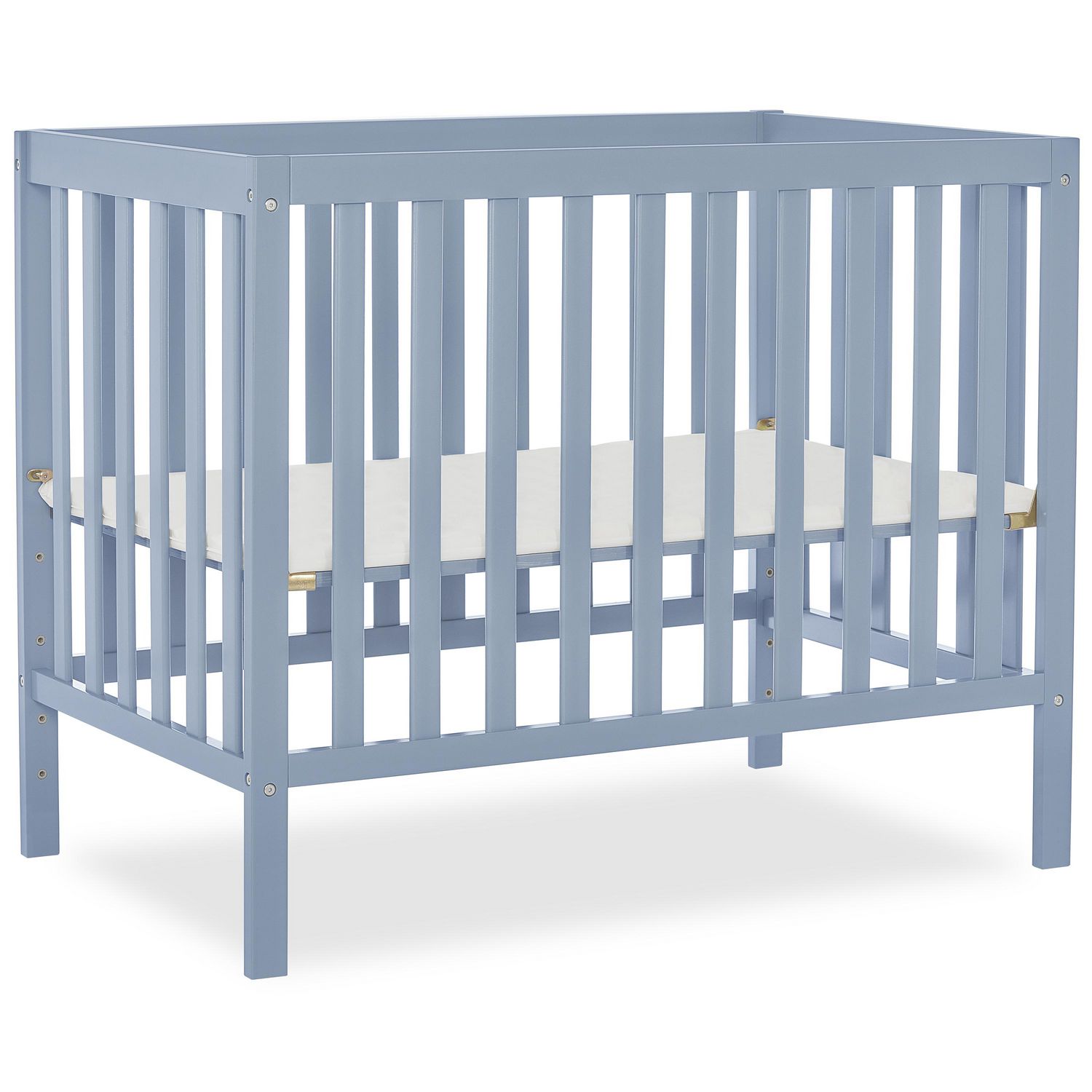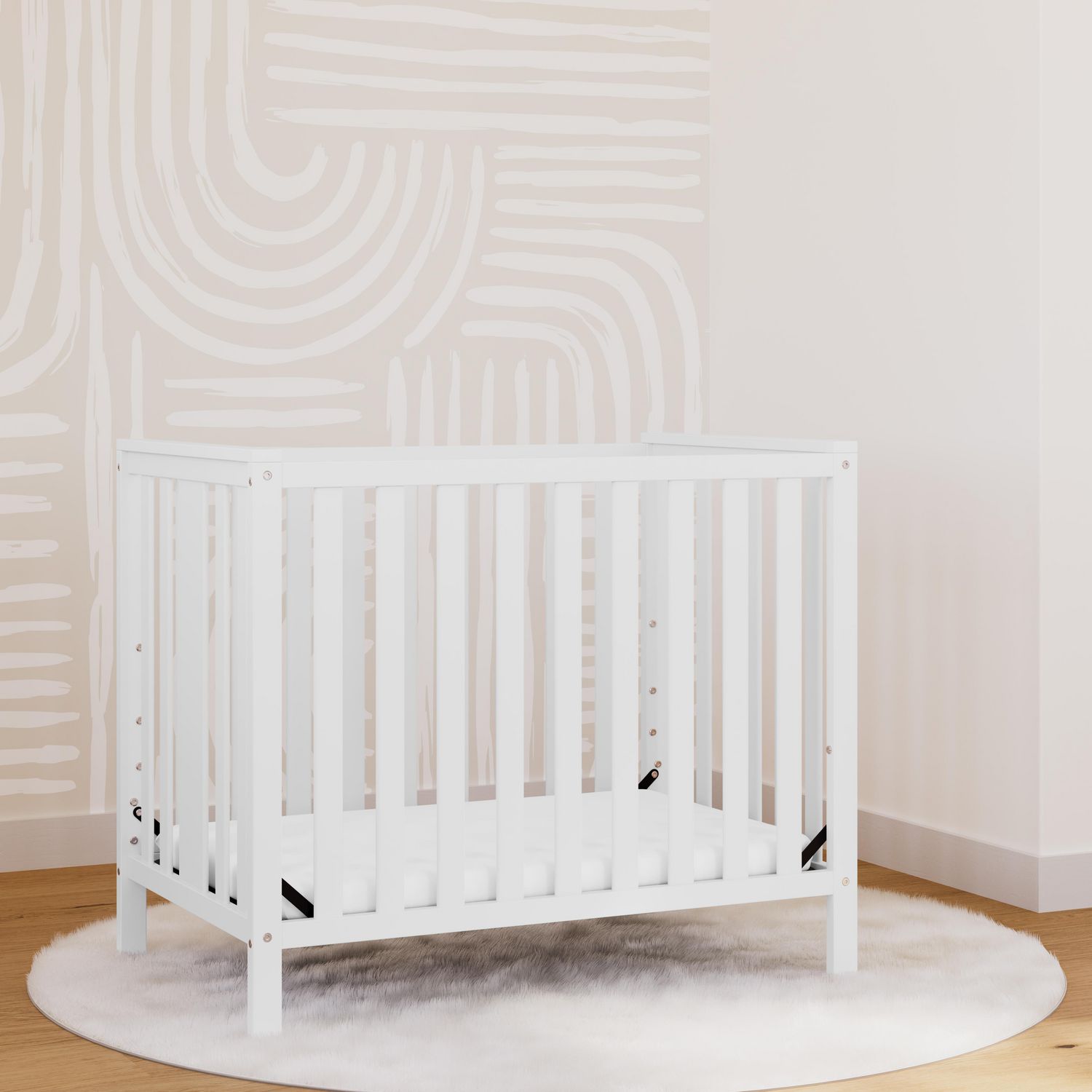As expectant parents, one of the most important decisions you’ll make is choosing the perfect bed for your little bundle of joy. With so many options available, from mini cribs to regular cribs, it can be overwhelming to decide which one is right for your family. In this comprehensive guide, we’ll explore the differences between mini cribs and regular cribs to help you make an informed decision that ensures your baby sleeps soundly and safely.
1. Understanding Mini Cribs
Mini cribs, also known as portable or space-saving cribs, are designed to provide a sleeping solution for infants in smaller spaces. These cribs are typically smaller in size compared to regular cribs, making them ideal for apartments, small bedrooms, or as a secondary crib for grandparents’ houses. Despite their compact size, mini cribs still offer a safe and comfortable sleeping environment for babies.

2. Benefits of Mini Cribs
Mini cribs offer several advantages that make them appealing to many parents. Firstly, their smaller size makes them easier to maneuver and fit into tight spaces, making them a practical choice for urban dwellers or families living in smaller homes. Additionally, mini cribs are often more affordable than regular cribs, making them a budget-friendly option for parents looking to save money without compromising on safety or quality.
3. Limitations of Mini Cribs
While mini cribs have their advantages, they also come with some limitations to consider. One of the main drawbacks is that babies may outgrow them more quickly than regular cribs, as they have less room to stretch and grow. This means you may need to transition your child to a larger bed sooner than if they were sleeping in a regular crib, which could result in additional expenses down the line.

4. Exploring Regular Cribs
Regular cribs, also known as standard or full-size cribs, are the traditional choice for many parents seeking a long-term sleeping solution for their baby. These cribs are larger in size compared to mini cribs, providing ample space for babies to sleep, play, and grow comfortably throughout infancy and toddlerhood. Regular cribs come in a variety of styles, designs, and materials to suit different preferences and budgets.
5. Advantages of Regular Cribs
Regular cribs offer several advantages that make them a popular choice among parents. Firstly, their larger size means they can accommodate babies for a longer period, eliminating the need for frequent transitions to larger beds. This can provide both parents and babies with greater peace of mind knowing that they have a stable and secure sleeping environment for years to come. Additionally, regular cribs often come with additional features such as adjustable mattress heights and convertible options that allow them to grow with your child.
6. Considerations When Choosing Between Mini Cribs and Regular Cribs
When deciding between a mini crib and a regular crib, there are several factors to consider to ensure you make the best choice for your family. Firstly, assess your living space and determine whether a mini crib would be a more practical option given the size constraints of your home. If space is not an issue, consider the long-term benefits of investing in a regular crib that can accommodate your child as they grow.

7. Safety Standards and Guidelines
Regardless of whether you choose a mini crib or a regular crib, safety should always be your top priority. Ensure that the crib you select meets current safety standards and guidelines established by organizations such as the Consumer Product Safety Commission (CPSC) and the Juvenile Products Manufacturers Association (JPMA). This includes features such as sturdy construction, proper spacing between slats, and non-toxic finishes.
8. Personal Preferences and Budget
In addition to safety considerations, personal preferences and budget will also play a significant role in your decision-making process. Consider factors such as design aesthetic, ease of assembly, and additional features such as storage options or convertible functionality. Determine your budget and explore cribs within your price range that offer the best combination of quality, safety, and features that meet your needs.
9. Making an Informed Decision
Ultimately, the decision between a mini crib and a regular crib will depend on your individual circumstances, preferences, and priorities as a parent. Take the time to research and compare different options, read reviews from other parents, and visit stores to see cribs in person before making your final decision. By weighing the pros and cons of each type of crib and considering factors such as safety, space, and budget, you can choose the perfect bed for your little one that provides comfort, security, and peace of mind for years to come.

10. Considering Lifestyle and Convenience Factors
Another aspect to contemplate when choosing between a mini crib and a regular crib is your lifestyle and convenience preferences. Mini cribs, with their compact size and portability, are often favored by families who frequently travel or move residences. They can easily be disassembled and transported, providing continuity in your baby’s sleeping environment wherever you go. On the other hand, regular cribs, while less portable, offer the convenience of a permanent sleeping space in your home without the need for frequent setup and takedown.
11. Environmental Impact
Environmental considerations may also influence your decision between a mini crib and a regular crib. Mini cribs generally require fewer materials to manufacture due to their smaller size, potentially reducing their environmental footprint. Additionally, their compact design may consume less space during shipping and storage, further decreasing their carbon footprint. However, it’s essential to consider the longevity of the crib and whether it can be passed down or repurposed to minimize waste.

12. Customization and Personalization
One advantage of regular cribs is the wider variety of customization options available. From intricate designs to personalized finishes, regular cribs offer more opportunities to tailor the crib to your aesthetic preferences and nursery decor. If you’re envisioning a specific theme or color scheme for your baby’s room, a regular crib may provide the flexibility to bring your vision to life. Mini cribs, while more limited in design options, can still complement various nursery styles with their simple and versatile designs.
13. Conclusion
Choosing between a mini crib and a regular crib is an important decision that requires careful consideration and thoughtful planning. Both types of cribs offer their own unique advantages and limitations, and the best choice for your family will depend on your individual circumstances and priorities. By understanding the differences between mini cribs and regular cribs, assessing your living space, prioritizing safety, and considering personal preferences and budget, you can select the perfect bed for your little one that ensures they sleep soundly and safely from infancy through toddlerhood and beyond.
